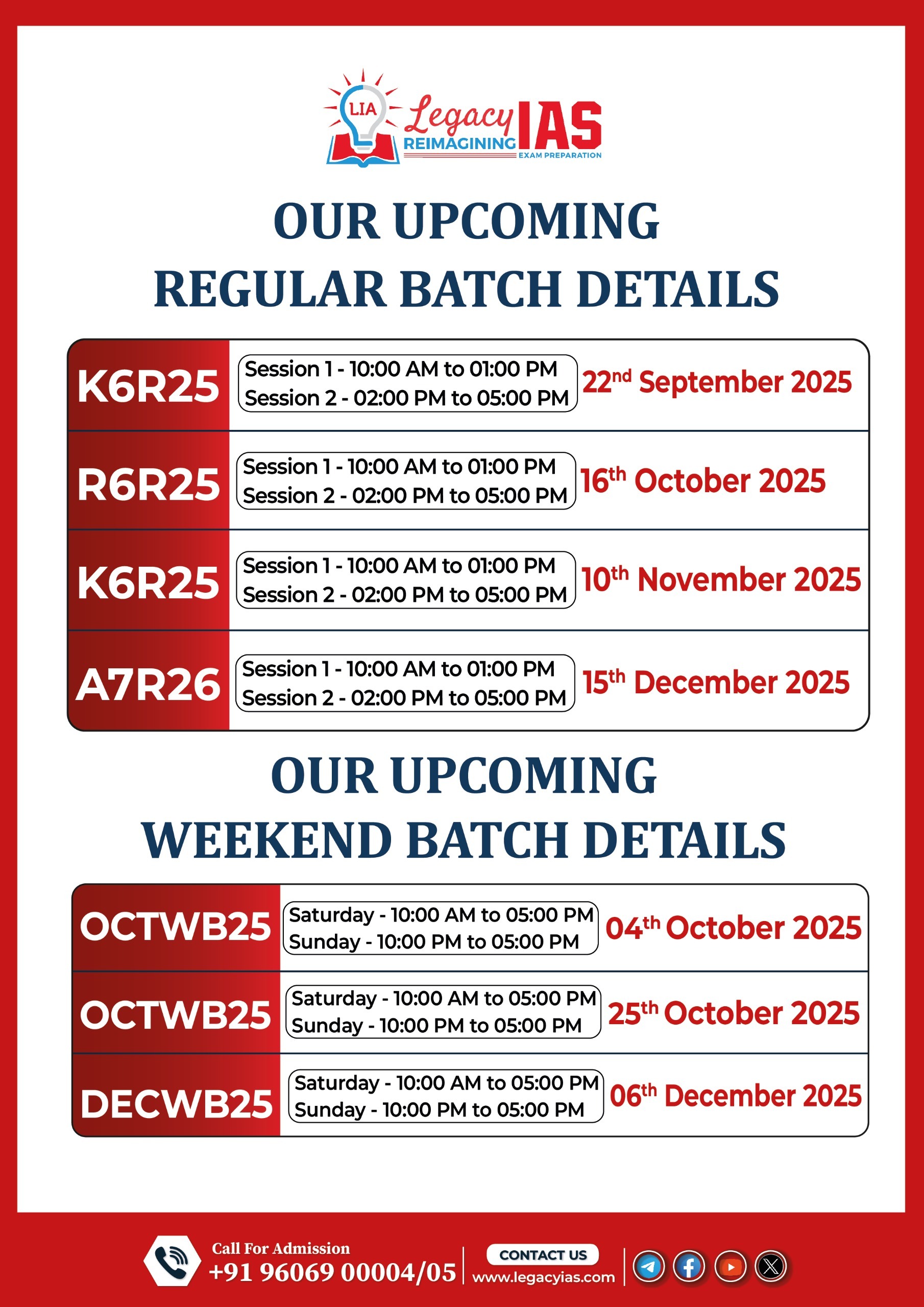Why in News ?
- High Seas Treaty (formally Biodiversity Beyond National Jurisdiction – BBNJ Agreement) was ratified by over 60 countries in September 2025, triggering its enforcement in January 2026.
- Marks the first legally binding global agreement to conserve and sustainably use marine biodiversity in international waters — i.e., beyond national Exclusive Economic Zones (EEZs).
Relevance:
- GS-2 (International Relations):
• Global environmental governance under UNCLOS and BBNJ.
• Equity and common heritage principle in marine resource sharing. - GS-3 (Environment & Biodiversity):
• Marine biodiversity conservation and SDG-14 (Life Below Water).
• Role in climate resilience and ocean sustainability.
• Implications for India’s Blue Economy and Deep Ocean Mission.
Background
- 2004: UN General Assembly (UNGA) created an ad-hoc working group to fill the gaps in UNCLOS (1982), which lacked specific mechanisms for conserving biodiversity in the high seas.
- 2011: States agreed on four negotiation pillars —
- Marine Genetic Resources (MGRs)
- Area-Based Management Tools (ABMTs) incl. Marine Protected Areas (MPAs)
- Environmental Impact Assessments (EIAs)
- Capacity Building & Technology Transfer
- 2018–2023: Four Intergovernmental Conferences negotiated the draft.
- March 2023: Agreement reached.
- June 2023: Treaty adopted by UN.
- September 2025: Crossed ratification threshold → comes into force January 2026.
Key Features of the Treaty
- Scope: Applies to areas beyond national jurisdiction (covering ~60% of world’s oceans).
- Core Objective: Ensure conservation, sustainable use, and equitable benefit-sharing of marine biodiversity.
Marine Genetic Resources (MGRs)
- Defined as genetic material from marine plants, animals, microbes etc.
- Recognised as “Common Heritage of Humankind” — meaning benefits must be shared equitably.
- Prevents biopiracy by advanced nations exploiting deep-sea organisms for pharmaceuticals and biotechnology.
Area-Based Management Tools (ABMTs) & Marine Protected Areas (MPAs)
- Facilitate creation of global MPAs in high seas for biodiversity protection.
- Combine scientific data and indigenous knowledge in decision-making.
- Aim to enhance climate resilience and marine ecosystem stability, supporting food security.
Environmental Impact Assessments (EIAs)
- Mandates EIAs for activities affecting high-sea ecosystems, including cumulative and transboundary effects.
- Ensures transparency, prior notification, and global scrutiny of high-sea projects (mining, geoengineering, etc.).
Capacity Building & Technology Transfer
- Developed nations to support scientific infrastructure and ocean tech access for developing countries.
- Promotes inclusive participation in marine research and resource utilisation.
Significance
- Global Ocean Protection: Covers the half of Earth’s surface that currently lacks strong governance.
- Supports SDG-14 (Life Below Water) — protecting at least 30% of oceans by 2030 (“30×30 target”).
- Climate & Food Security: Preserves fish stocks, coral ecosystems, and carbon sequestration zones.
- Equity in Marine Resource Access: Reduces dominance of Global North in marine biotechnology.
Major Issues & Challenges
Legal Ambiguity
- Conflict between “Freedom of the High Seas” (UNCLOS principle) and “Common Heritage of Humankind” (BBNJ principle).
- Freedom = unrestricted navigation, fishing, and research.
- Common heritage = shared ownership and regulated benefit-sharing.
- Treaty adopts a compromise, not full resolution — causing potential disputes over MGR access.
Governance of MGRs
- Lack of clarity on patent rights, data access, and benefit distribution.
- Risk of biopiracy by corporations collecting genetic samples for commercial use.
- Developing nations fear exclusion from profits due to technological asymmetry.
Implementation Capacity
- Enforcement and monitoring require massive data, funding, and scientific capability.
- No dedicated enforcement body — relies on voluntary compliance and existing UNCLOS institutions.
Financial Mechanisms
- Disagreements over who funds conservation and capacity building.
- Unclear structure for royalties or benefit-sharing from marine genetic discoveries.
India’s Relevance & Stand
- India, a party to UNCLOS, supports equitable benefit-sharing and sustainable use of MGRs.
- Seeks technology access and capacity support for deep-sea biodiversity research.
- Aligns with India’s Deep Ocean Mission (2021–26) and Blue Economy Policy (2021) for sustainable ocean resource use.
Way Forward
- Develop transparent frameworks for data sharing and benefit distribution.
- Strengthen monitoring via satellite and AI-based ocean surveillance.
- Encourage South–South cooperation for marine research.
- Establish global fund under UN auspices for BBNJ implementation.
- Promote regional marine biodiversity networks (e.g., IORA cooperation).



